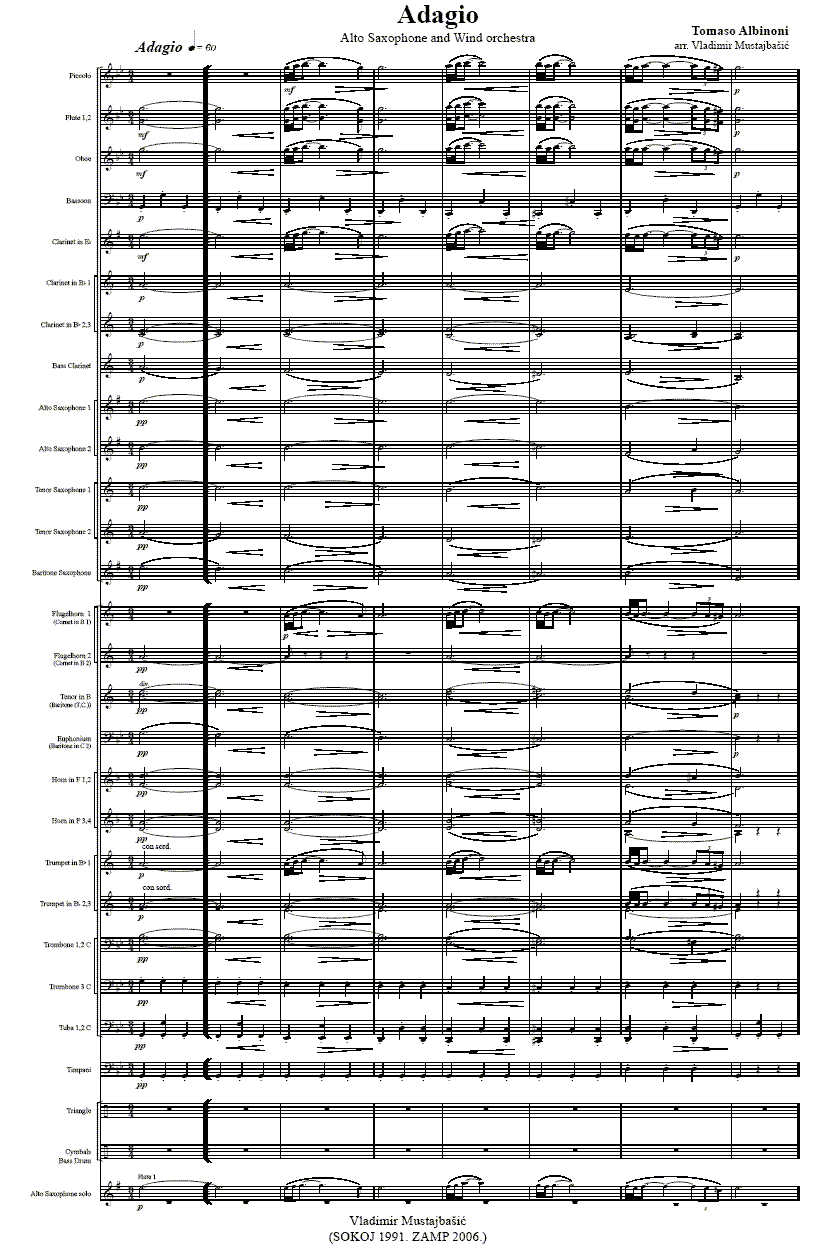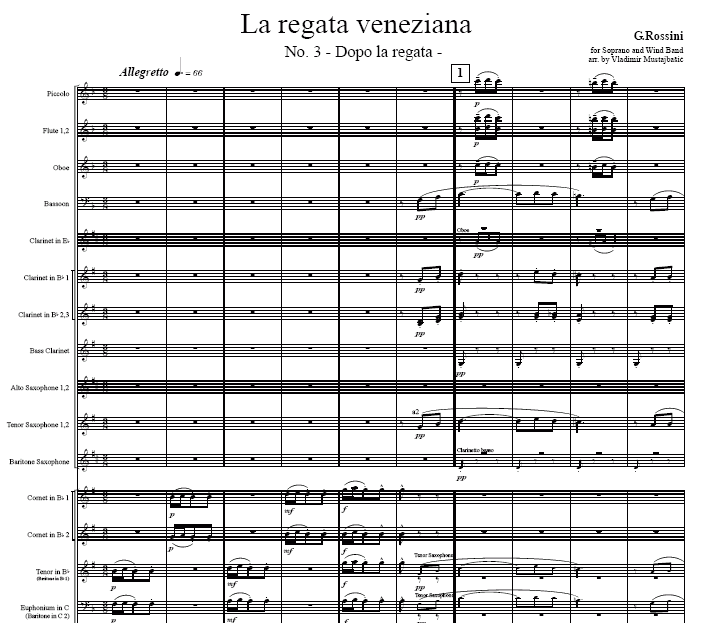A common misconception among wind players is to believe that the air moves through the instrument in order to produce the sound. This is simply not true. To demonstrate the point, famed trumpeter and brass instrument designer Renold Schilke used to get a tuba player to blow smoke into his instrument before playing. He could play for over a minute before the smoke began to trickle out of the bell. Other approaches can be equally effective. Hold a thin sheet of paper in front of the bell of a trumpet, trombone or clarinet and ask the player to try to get the paper to flutter by playing as loudly as possible through the instrument. Try a similar approach with the flame of a candle.
Both attempts will fail. The paper will not flutter, but it might vibrate like a drumhead if it is held close enough to the bell. This latter phenomenon is the result of the action of the pressure wave, however, not an air current. Similarly, the flame of the candle may also respond briefly to the slight puff of air used to initiate the vibration of the tone generator (lips or reed). Thereafter, however, the flame will remain steady regardless of how loudly the instrument is played.
The wave that produces a sound in wind instruments is not an air current.
The point being made here is so important that it is worth repeating. The standing wave that produces the sound in wind instruments is a pressure wave, not an air current. Its character is somewhat similar to the waves set in motion when you throw a stone into a lake or similar body of water. The energy impulse travels across the water in the form of waves, but the water itself hardly moves.
In fact, tubing is required to maintain the vibrating air column only at the pressure points or nodes. In other words, it would be possible to play on a length of tubing full of holes – as long as those holes did not coincide with the nodes and we only wanted to play at one pitch. [The nodal pattern is different for different notes, and the number of nodes increases as the pitch rises].

From this we can conclude that “blowing” on a wind instrument is important only in so far as it is necessary to activate the tone generator (lips, reed etc.) in such a way that it produces a vibrating column of air. Since it is not really necessary to “fill” a wind instrument, its size is only of secondary importance.
Such a conclusion has enormous practical implications. Why is it difficult – generally speaking – for trumpet players to switch to tuba? The reason usually given is that the tuba is bigger and therefore requires much more air than a trumpet. The results of the simple experiments suggested above, however, challenge this assumption.
Why do trumpet players have trouble playing a tuba?
A more likely explanation for the shortness of breath experienced by trumpet players who attempt to play the tuba is that they are using the wrong embouchure for the job. Among other things, the larger tuba mouthpiece requires a much larger lip aperture, but with the air moving through the lips at a slower speed than is normal for a trumpet. Thus, the total volume of air required when playing the two instruments is probably not as different as is widely assumed. Of course, I am not saying that there is no difference at all in the amount of air required. Rather, the point is that this difference is often exaggerated.
Go Top

![]() Albinoni's Adagio Conductor's Score here. The parts may be downloaded here.
Albinoni's Adagio Conductor's Score here. The parts may be downloaded here.

















